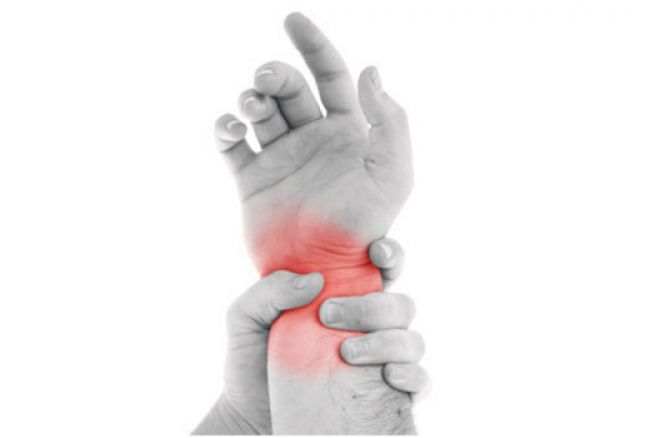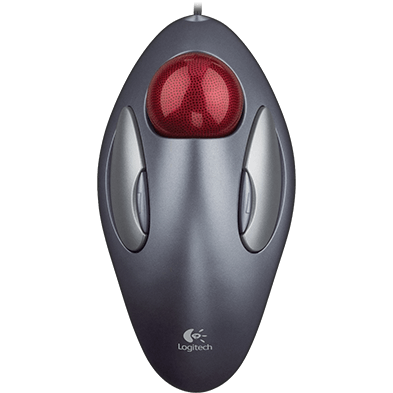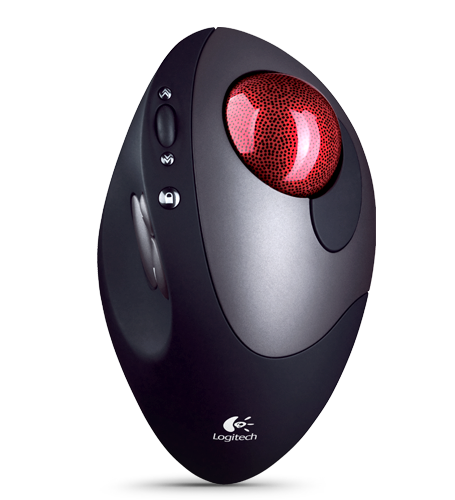Stay Stacked: Watch Those Wrists


With the number of hours spent glued to the computer screen each day — whether from a full-time poker grind or days spent at the office — that dominant hand of yours endures some pretty repetitive tasks. This computer work can cause a risky amount of stress on the wrist, a fragile house of tendons packed closely together. If you find yourself dealing with pain in your hand, you’re certainly not alone in the poker community.
Carpal Tunnel Syndrome, a common type of Repetitive Strain Injury (RSI), is found in poker players and we’re sure you would agree that poker players take repetitive mouse use to an entirely new level over the average office worker.
According to the National Institute of Neurological Disorders and Stroke, carpal tunnel syndrome occurs when the median nerve, which runs from the forearm into the palm of the hand via the carpal tunnel (a narrow passageway at the base of the hand), becomes pressed or squeezed at the wrist, because of carpal tunnel swelling from irritated tendons.
The median nerve controls sensations to the palm side of the thumb and fingers, as well as impulses to some small muscles in the hand that allow the fingers and thumb to move.
How Do I Know if I’ve Got Carpal Tunnel Syndrome?
Symptoms usually start gradually, including burning, numbness or tingling in the fingers, hand and wrist or both, and often radiates up the arm. If your pain is isolated to just the wrist, it may be more of a simple wrist strain, which also needs urgent attention before it develops into something more severe.
What Should I Do?
Begin by taking a look at your mouse. Unfortunately, the common computer mouse is not ideal for long hours of use. The motion of applying force with our index finger as we move the mouse around not only applies pressure to the hand and wrist, but also all the way up the arm even to the shoulder and neck. This may be the slightest amount of pressure in comparison to other movements we make, but when we’re performing this movement hundreds, or thousands, of times per day, that’s when the issues begin.
There are many varieties of mouse options on the market that are designed for long use, and also others that are specifically for gamers. One particular variety is the Logitec trackball. These designs sit stationary on your desk, so less space is required. The trackball is positioned centrally on the mouse to allow your fingertips, or even you entire hand if you want, to navigate with the ball. The easily varied movements encourage more of a flow in the wrist and hand to help reduce the onset of an RSI.


If you are suffering with pain in the hand or wrist, there are a range of stretches and exercises that you can do to help release the tension. YouTube is crawling with videos offering advice and treatments, but I chose this particular one to share because I liked the producer's choice of exercises and his refreshing backdrop choice!
Last, every poker player should own one stress ball. Obviously, the squeezing motion is a great way to keep you from smashing another mouse; however, if you have one that is really a ball, then throwing it against the wall and catching it repeatedly is a great way to get the wrist moving. Squeezing it often also helps to strengthen the hand muscles.
Most importantly, you should always consult a doctor with any concerns you may have. This information in this brief article is not intended to be a replacement of professional advice.
Did you find this interesting? Check out the fitness and health category on PokerNews for more!
*Image courtesy of Angelina Lumley Osteopath.








